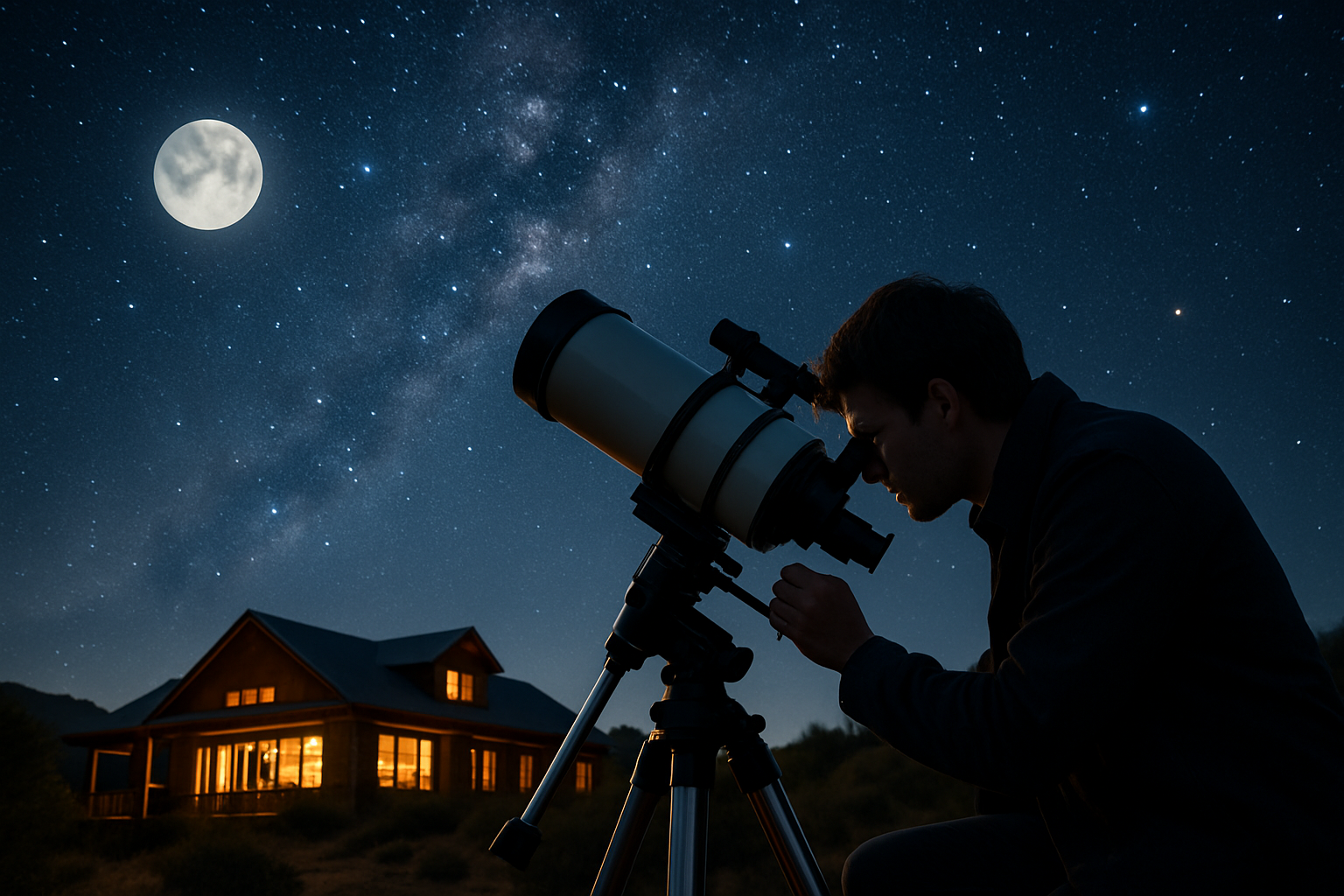Exploring the World of Astrotourism: A Journey Beyond Earth
Stargazing has captivated humanity for millennia, but a new trend is taking our fascination with the cosmos to unprecedented heights. Astrotourism, the practice of traveling to witness celestial events or experience pristine dark skies, is rapidly gaining traction among adventure seekers and astronomy enthusiasts alike. This burgeoning niche in the travel industry offers a unique blend of scientific discovery, natural wonder, and transformative experiences. As light pollution increasingly obscures our view of the night sky in urban areas, astrotourism provides a gateway to reconnect with the universe and gain a fresh perspective on our place within it.

The International Dark-Sky Association, founded in 1988, played a crucial role in raising awareness about light pollution and establishing dark sky reserves. These protected areas, characterized by exceptionally starry nights and minimal light pollution, became focal points for astrotourism development.
The Rise of Dark Sky Destinations
Over the past decade, destinations worldwide have recognized the potential of astrotourism to attract visitors and boost local economies. Countries like Chile, home to some of the world’s most advanced observatories, have actively promoted their clear skies as a tourism asset.
In the United States, places like the Natural Bridges National Monument in Utah and the Cherry Springs State Park in Pennsylvania have earned International Dark Sky Park designations, drawing stargazers from far and wide. New Zealand’s Aoraki Mackenzie International Dark Sky Reserve has become a model for combining scientific research, cultural heritage, and sustainable tourism.
Astrotourism Experiences: Beyond Stargazing
While observing the night sky remains at the core of astrotourism, the industry has diversified to offer a wide range of experiences. Travelers can now participate in astrophotography workshops, attend star parties with professional astronomers, or embark on multi-day “astro-safaris” in remote locations.
Some tour operators have created immersive experiences that blend astronomy with local culture and cuisine. In Morocco’s Sahara Desert, for instance, visitors can stargaze from traditional Berber camps while learning about ancient celestial navigation techniques.
The Impact of Astrotourism on Local Communities
Astrotourism has emerged as a sustainable alternative for regions struggling with economic challenges or overtourism. Unlike mass tourism, astrotourism often benefits rural areas with minimal infrastructure, creating jobs and preserving local cultures without significant environmental impact.
In places like the Atacama Desert in Chile or the Canary Islands, astrotourism has helped extend the tourist season and attract high-value visitors interested in science and nature. This has led to increased investment in education and scientific outreach programs, benefiting local communities beyond the immediate economic gains.
Challenges and Future Prospects
Despite its growth, astrotourism faces several challenges. Light pollution continues to threaten dark skies worldwide, requiring ongoing conservation efforts and policy changes. Climate change and its effects on weather patterns could also impact the reliability of clear night skies in some regions.
However, the future of astrotourism looks bright. Advancements in telescope technology and the increasing accessibility of astrophotography equipment are making celestial observations more engaging for a broader audience. The growing interest in space exploration, fueled by missions to Mars and the moon, is likely to further boost astrotourism’s appeal.
Innovations in Astrotourism
The astrotourism industry is constantly evolving, with new technologies and concepts enhancing the stargazing experience. Mobile planetarium apps and augmented reality tools now allow travelers to easily identify constellations and planets. Some destinations are experimenting with “astro-lodges” featuring retractable roofs or dome-shaped rooms for in-bed stargazing.
Virtual reality is also making its mark, enabling people to experience dark skies from anywhere in the world. While not a replacement for the real thing, these virtual experiences can serve as educational tools and inspire future astro-travelers.
Celestial Travel Tips
-
Plan your trip around lunar phases; new moons offer the darkest skies
-
Allow time for your eyes to adjust to darkness (at least 20 minutes)
-
Bring warm layers; temperatures can drop significantly at night
-
Use red-light flashlights to preserve night vision
-
Consider joining a guided tour for expert insights and access to equipment
-
Check the weather forecast and choose locations with low humidity for clearer skies
-
Respect local communities and follow Leave No Trace principles
As we continue to explore our planet, astrotourism offers a unique opportunity to look beyond Earth and gain a cosmic perspective. By fostering a connection with the night sky, this growing travel trend not only satisfies our innate curiosity about the universe but also promotes environmental awareness and sustainable tourism practices. Whether you’re a seasoned astronomer or simply curious about the wonders above, astrotourism invites you to embark on a journey that transcends earthly boundaries and ignites the imagination.





